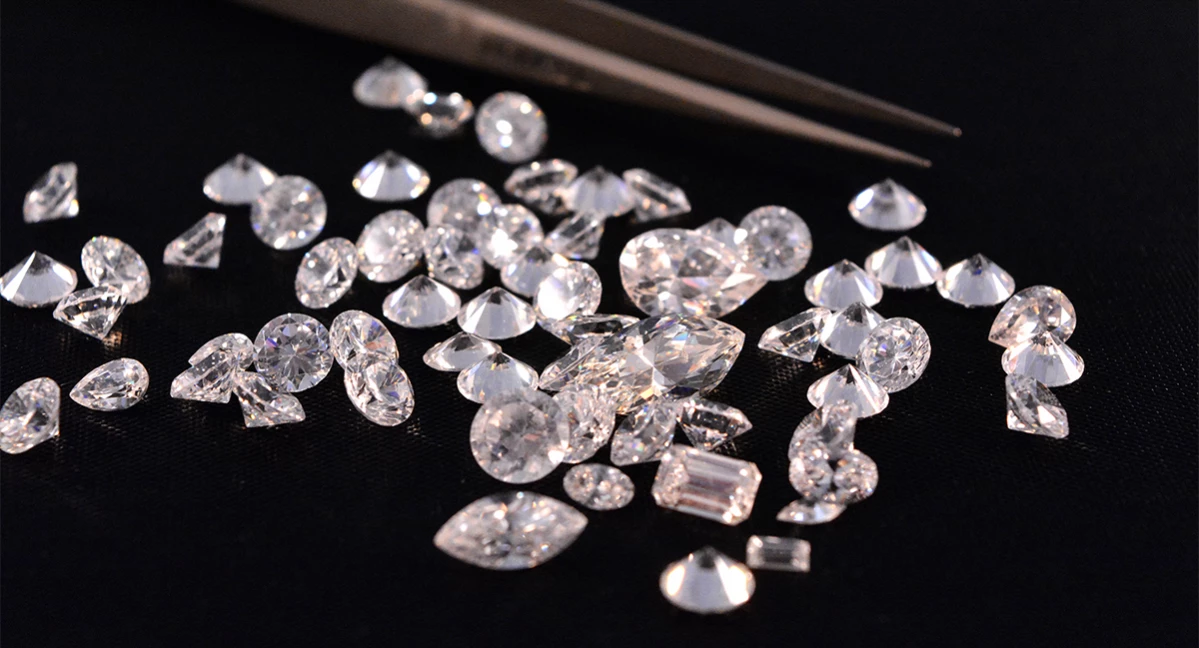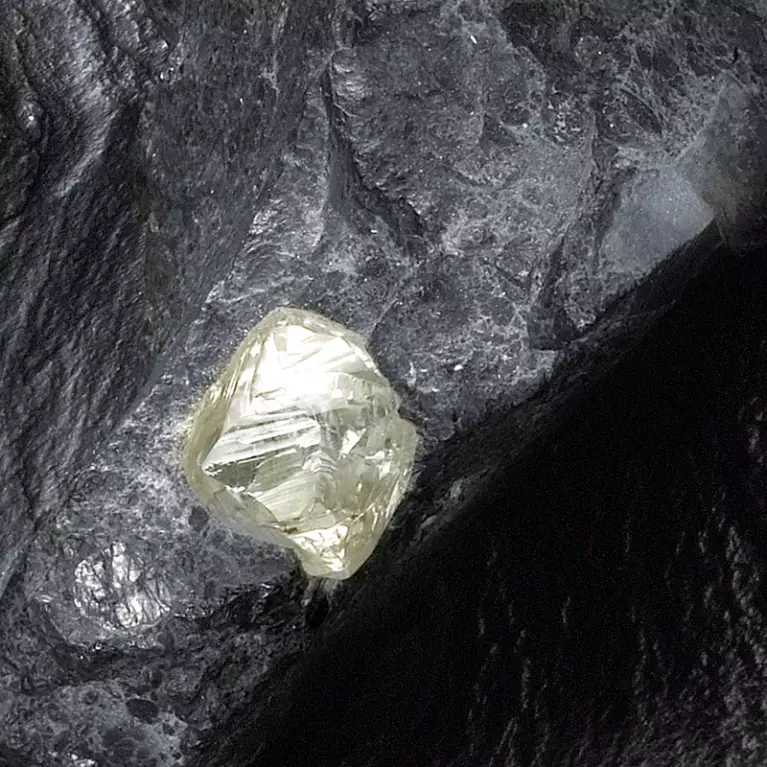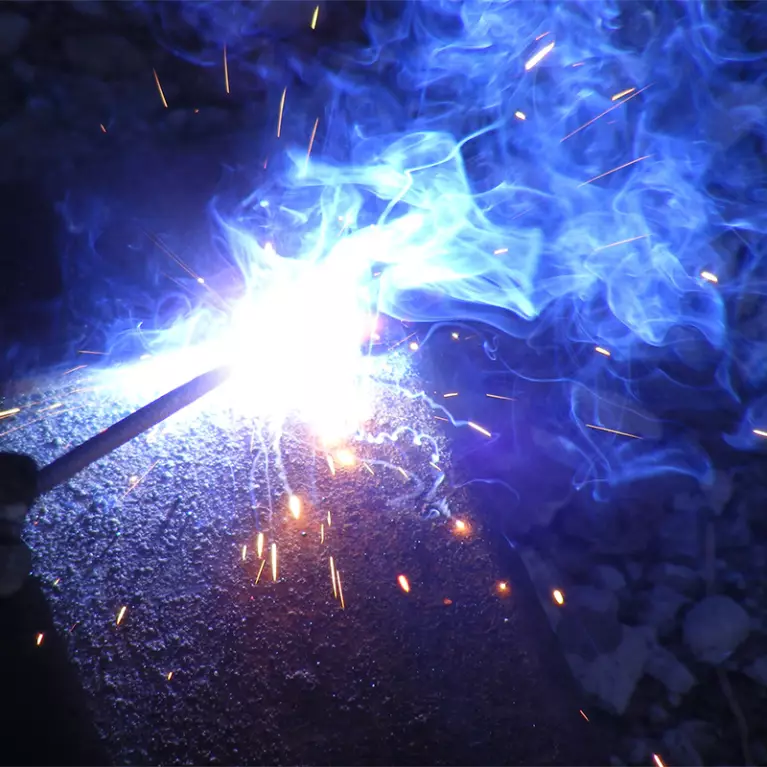Lab Grown Diamonds at Baker Brothers
Discover more about how Lab Grown Diamonds are created, their environmental and sociological impact and how we choose the lab grown diamonds we use in our lab grown range of jewellery.
THE LAB GROWN DIAMOND GUIDE
WHAT IS A LAB GROWN DIAMOND?
Lab grown diamonds (LGD), otherwise known as lab created, engineered or cultured diamonds, are grown in a laboratory setting using technology that mimics the conditions that create natural diamonds. LGDs are formed from the same material and exposed to similar conditions resulting in gemstones that are chemically identical to their natural counterparts.
HOW ARE LAB GROWN DIAMONDS MADE?
_____________________________________________
Each LGD begins as a tiny ‘diamond seed’ – a slice of natural diamond about as thick as human hair. This ‘seed’ is grown in one of two ways: High Pressure High Temperature (HPHT) or Chemical Vapour Deposition (CVD).

High Pressure High Temperature (HPHT)
This process most closely mimics the way in which a natural diamond is created. It works by subjecting the ‘diamond seed’ to high temperatures and pressing it together. This is a costly process that requires a huge amount of energy and resources.
Chemical Vapour Deposition (CVD)
Think 3D printing, but with gas: a mixture of hydrogen and methane gas is placed in a chamber with the ‘diamond seed’. It is then exposed to intense microwave power to heat the chamber to a very high temperature. This turns into plasma and sprinkles tiny cardon particulars onto the diamond seed, creating a lab grown diamond.

Each rough lab grown diamond is cut and polished in the same way a natural diamond is. Each LGD is also laser etched in the girdle (the widest part of the diamond) with a mark to show they are lab grown.

STEP 1
DIAMOND SEED

STEP 2
HEAT & PRESSURE

STEP 3
DIAMOND BEGINS TO GROW

STEP 4
LAB GROWN DIAMOND IS READY
ISN’T IT ‘CHEAP’ TO BUY LAB GROWN DIAMONDS?
_______________________________
Lab grown diamonds can offer a more affordable alternative if you’re on a tight budget. And while LGDs are not entirely identical to natural diamonds, they can exude the same characteristics and they are graded using the 4Cs of diamond Quality: Cut, Colour, Clarity and Carat.

Some feel that lab grown diamonds are inappropriate to use in an engagement ring because they’re “cheap.” Others say that a diamond is a diamond, whether it comes from the ground or a laboratory. Another view is that lab grown diamonds are preferred to natural diamonds for ethical and environmental reasons, often coining the term sustainable diamonds. But there are a lot of questions about the truth of this statement.
But are they worth anything?
As with anything, a lab grown diamond is worth as much as someone is willing to pay, which is significantly less than natural diamonds. Who’s to say this may not change in time, there is no way of knowing for certain.
ARE LAB GROWN DIAMONDS BETTER FOR THE ENVIRONMENT?
______________________________________
While LGDs don’t cause the same level of environmental discourse as recovery, the methods used in their manufactured lab environment do raise concerns.
This is what happens in a controlled diamond lab environment:

A process that normally takes millions of years underground and uses natural heat and pressure from the environment to create a natural diamond is mimicked in a lab in mere weeks using intense heat.

The machinery used requires constant energy, 24 hours a day, seven days a week, to produce these gems. The source of this energy is important to the ultimate sustainability of lab grown diamonds.

Diamond labs use enormous microwave-heat generators to replicate the earth’s process through high pressure, high temperature (HPHT) production. This requires maintaining a temperature above 300°F or chemical vapour deposition (CVD) that needs temperatures as high as 1500°F.
If the manufacturing process for lab-grown diamonds uses energy generated from fossil fuels, it creates more carbon dioxide emissions than natural diamond mining; currently, most facilities still rely on fossil fuels to power their reactors.

